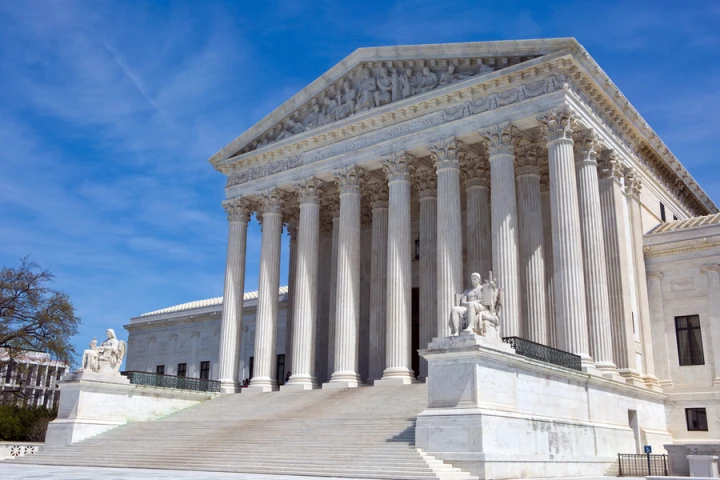Enacted by the state legislature in 2018, the Gestational Age Act bans all abortions after 15 weeks of pregnancy except in cases of medical emergency or severe fetal abnormality. A federal district court and the 5th U.S. Circuit Court of Appeals cited Roe and other abortion cases in overturning the statute.
The Supreme Court, agreeing last month to hear Dobbs, said it would consider this single question: “Whether all pre-viability prohibitions on elective abortion are unconstitutional.” Viability--the point at which an infant can live outside the womb--comes at about 24 weeks of pregnancy, although some children even younger than that have survived.
This truly is an important question, and a “no” answer by the Supreme Court--all pre-viability prohibitions are not necessarily unconstitutional--would save many lives. But that would not compel other states to adopt such laws, and the unhappy fact is that big, liberal states like California and New York would persist in their permissive policy regarding killing the unborn.
The Supreme Court will hear Dobbs argued next October or November, with a decision likely in the late spring or early summer of 2022.
Before then, we shall hear a great deal from the pro-abortion side about precedent. Where abortion is concerned, the crucial precedents are two Supreme Court decisions--Roe v. Wade (1973) and Planned Parenthood v. Casey (1972).
(Column continues below)
Subscribe to our daily newsletter
As to Roe, even supporters of abortion like late Supreme Court Justice Ruth Bader Ginsburg have acknowledged that it was an exceptionally poor specimen of judgecraft--as well as an egregious example of legislating from the bench. As to Casey, the result there rested on an opinion by three justices--Kennedy, O’Connor, Souter--grounded in their airy musings about the meaning of life.
Bad precedents need replacing by good ones. Here’s hoping Dobbs accomplishes that.



